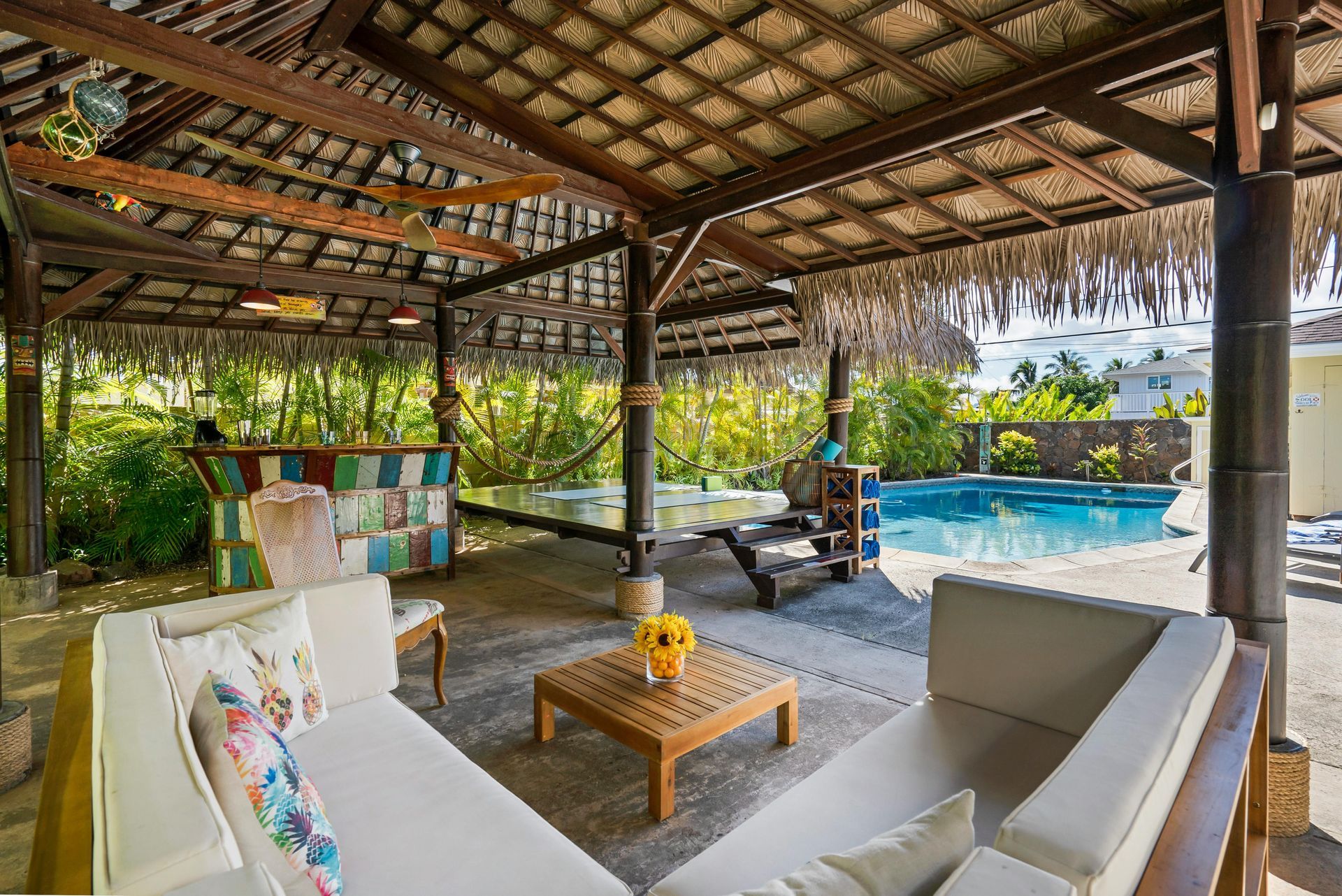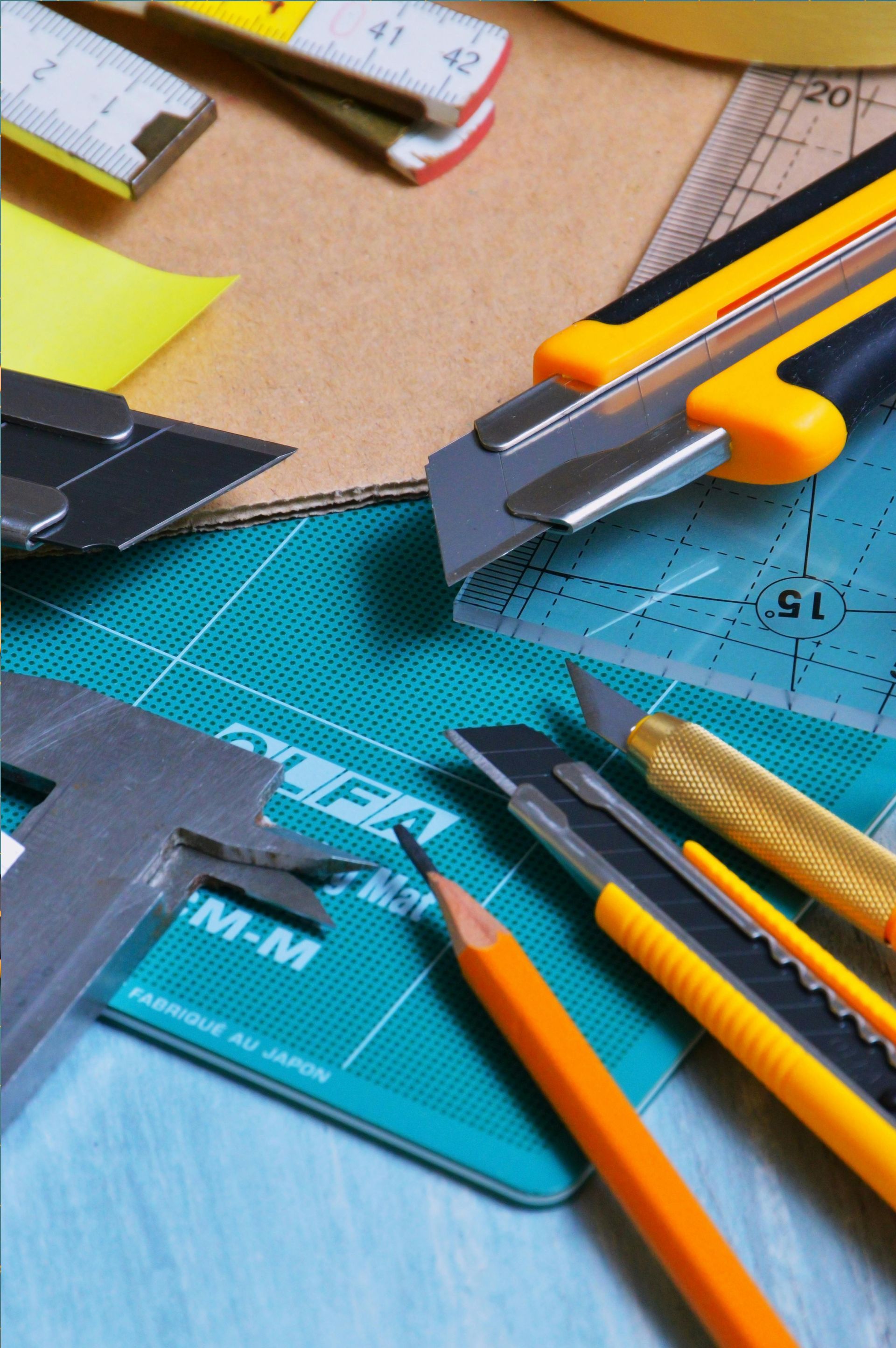Protect Your Concrete from Sun Damage
Concrete is the foundation of your outdoor living space in Farmington. It’s the durable, reliable material that makes up your patio, driveway, pool deck, and walkways. We value it for its strength and longevity, but even the toughest materials have an adversary. In our sunny climate, that adversary is the relentless sun. Constant exposure to ultraviolet (UV) radiation can slowly degrade your concrete, leading to fading, cracking, and a shortened lifespan.
Many homeowners don't realize that sun damage is a primary cause of deteriorating concrete until the effects are obvious and costly to repair. The good news is that this damage is largely preventable. At Farmington Concrete, we specialize in proactive concrete preservation. We provide expert solutions, from advanced sealants to tailored maintenance plans, designed to shield your concrete from the harsh effects of the sun, keeping it beautiful and functional for decades.
How the Sun Breaks Down Your Concrete
To understand how to protect your concrete, it helps to know what the sun is actually doing to it. The damage occurs through two main processes: UV degradation and thermal expansion.
UV Degradation and Color Fading
UV rays are a powerful force that breaks down molecular bonds in materials. When it comes to your concrete, this process affects two key components:
- The Binder: The cement paste that holds the sand and gravel together can be weakened over time by UV exposure. This slow degradation can lead to a chalky, powdery surface and a loss of strength.
- The Pigment: If you have colored or stained concrete, UV rays are its worst enemy. Just as they fade the paint on a car or the fabric of outdoor furniture, UV rays break down the pigments in your concrete, causing vibrant colors to become dull and washed out. An expensive, beautifully colored patio can lose its appeal in just a few years without protection.
Thermal Expansion and Cracking
Concrete, like most materials, expands when it gets hot and contracts when it cools down. A dark-colored concrete patio in the full Farmington sun can reach extremely high temperatures during the day, causing it to expand significantly. As it cools rapidly in the evening, it contracts. This daily cycle of expansion and contraction puts immense stress on the concrete slab. Over time, this stress can lead to the formation of micro-cracks. Moisture can then seep into these tiny cracks, and when temperatures drop, that moisture can freeze and expand, widening the cracks and causing significant damage. This thermal stress is a leading contributor to cracking, spalling (flaking), and the overall structural decline of your concrete surfaces.
Your Best Defense: Professional Sealing
The single most effective way to protect your concrete from sun damage is with a high-quality sealant. A concrete sealer is a liquid coating that is applied to the surface of cured concrete. It penetrates the pores and forms a durable, protective barrier that acts as sunscreen for your concrete. However, not all sealers are created equal. Choosing the right one and applying it correctly is critical for effective, long-lasting protection. This is where the expertise of Farmington Concrete makes all the difference.
Choosing the Right Type of Sealer
We help you select the ideal sealer based on your concrete’s type, age, and intended use. The two most common and effective types for sun protection are acrylic and penetrating sealers.
- Acrylic Sealers: These form a protective film on the surface of the concrete. They are excellent at blocking UV rays and are often used to enhance the color of stamped or stained concrete, providing a "wet look" that can be either glossy or satin. We use high-quality, non-yellowing acrylics that are specifically formulated to withstand intense sun exposure without breaking down.
- Penetrating Sealers (Silane/Siloxane): These sealers work differently. Instead of forming a surface film, they penetrate deep into the pores of the concrete and chemically react to form a water-repellent barrier. While they are clear and don't change the concrete's appearance, they provide excellent protection against moisture intrusion caused by cracking from thermal stress. They are a great choice for driveways and walkways where a natural look is preferred.
The Professional Application Process
Applying a sealer might seem straightforward, but proper application is key to its effectiveness and longevity. Our professional process ensures a flawless, durable finish.
- Thorough Surface Preparation: We begin by meticulously cleaning the concrete to remove all dirt, oil, efflorescence (white, powdery deposits), and any previous, failing sealers. A sealer applied to a dirty surface will fail quickly. We use pressure washers and specialized cleaners to ensure the concrete is pristine.
- Moisture and Temperature Control: We only apply sealer when conditions are perfect. The concrete must be completely dry, and the ambient temperature must be within the manufacturer's recommended range. Applying sealer to damp or hot concrete can cause it to bubble, blister, or turn cloudy.
- Even Application: We use professional-grade sprayers and rollers to apply thin, even coats of the sealer. This prevents thick spots that can peel and ensures uniform coverage for consistent protection and appearance. Most projects require two coats to achieve optimal performance.
Beyond Sealing: A Complete Preservation Strategy
While sealing is the cornerstone of sun protection, a comprehensive preservation plan from Farmington Concrete includes ongoing maintenance and smart design choices.
The Importance of a Maintenance Plan
A sealer is not a "one-and-done" solution. Over time, foot traffic, weather, and UV exposure will wear down the protective layer. To maintain protection, the sealer needs to be reapplied periodically.
Based on the type of sealer used and the amount of sun and traffic your concrete receives, we will recommend a tailored maintenance schedule. Typically, an acrylic sealer on a high-exposure patio may need to be reapplied every 2-3 years. A penetrating sealer on a driveway might last 5 years or more. Our proactive approach ensures your concrete never goes unprotected.
Light-Colored Concrete for Cooler Surfaces
If you are planning a new concrete installation, we can guide you on color choices that will naturally reduce sun damage. Lighter-colored concrete reflects more sunlight and absorbs less heat than dark-colored concrete. This simple choice can significantly reduce the surface temperature on a hot day, minimizing the stress from thermal expansion and contraction and keeping the surface more comfortable for bare feet.
Preserve Your Investment with Farmington Concrete
Your concrete driveway, patio, and walkways are a significant investment in your home’s value and curb appeal. Protecting that investment from the damaging effects of the sun is one of the smartest decisions you can make. With professional guidance, high-performance materials, and a proactive maintenance plan, you can keep your concrete looking vibrant and new for years to come. Don't wait for fading and cracks to appear. Let the experts at Farmington Concrete provide the protection your surfaces need to withstand the elements. We offer comprehensive preservation services to ensure your concrete remains a source of pride and enjoyment for a lifetime. Is your concrete protected from the sun? Contact Farmington Concrete today for a professional consultation on our concrete sealing and preservation services!
Meta Information
Meta Title: Protect Concrete from Sun Damage | Farmington Concrete
Meta Description: Learn how to protect your concrete patio and driveway from sun damage. Farmington Concrete offers sealing and preservation services to prevent fading and cracking.
You might also like



